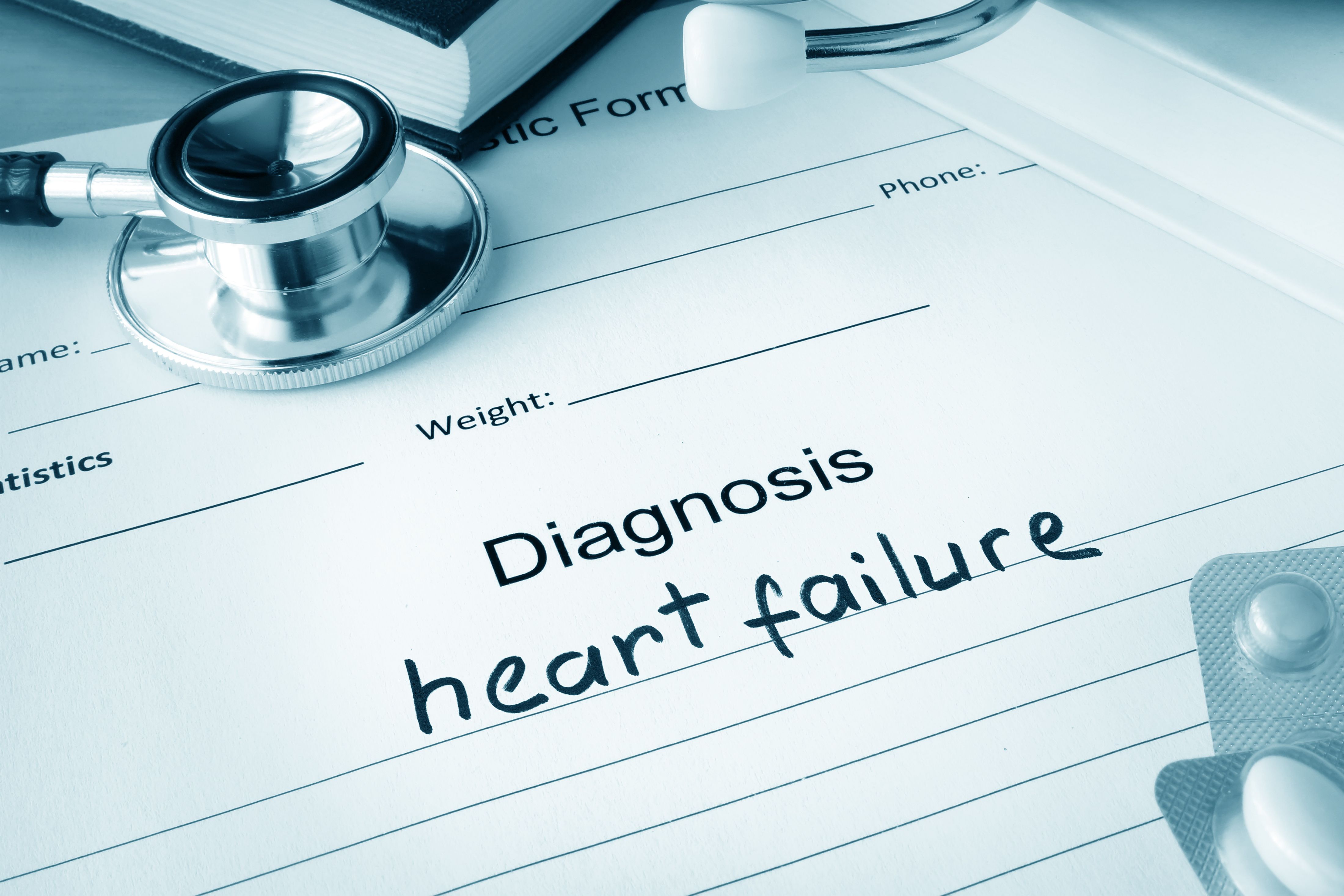Article
Prevalence and Characteristics of OSA in Patients with Resistant Hypertension
Author(s):
A recent analysis that included data on 284 patients found that more than 80% of patients with resistant hypertension also had obstructive sleep apnea.

A new international study is offering physicians new insights on the prevalence, characteristics, and association of obstructive sleep apnea (OSA) with blood pressure control in patients with resistant hypertension. 


Results of the study, which was carried out by a team of investigators from Spain, Singapore, and Brazil, revealed more than 80% of patients with resistant hypertension also had OSA and more than 25% had severe OSA.
“We believe that OSA plays an important role in the pathogenesis and prognosis of patients with resistant hypertension,” said lead investigator Mireia Dalmases Cleries, MD, a pulmonologist and sleep researcher at the Hospital Universitari Arnau de Vilanova, in Lleida, Spain. “Our study shows a dose-response association between OSA severity and blood pressure, especially during the nighttime period.”
In an effort to further examine the prevalence rate, characteristics, and association of OSA with blood pressure control in patients with resistant hypertension, investigators conducted a study involving patients from the Long-term Cardiovascular Outcomes in Patients with RH and OSA With or Without CPAP (SARAH) study. The SARAH study contained participants between 18 and 75 years of age with a resistant hypertension diagnosis confirmed by 24-hour ABPM.
The current study included a cohort of 284 patients that were recruited between April 2016 and July 2018. Participants were further classified according to the severity of OSA, with severity being determined by apnea-hypopnea index (AHI). Investigators defined mild as AHI of 5 to 14.9 per hour, moderate as 15 to 29.9 per hour, and severe as 30 or more per hour.
The median age of the cohort was 64 years and it was predominantly made up of men. Investigators also noted the majority of patients were obese and the most prevalent comorbidity was diabetes (n=129; 46.9%).
The prevalence of OSA was 83.5% among the entire cohort. In terms of severity, 31.7% had mild OSA, 25.7% had moderate OSA, and 26.1% had severe OSA. Higher prevalence rates were noted among males than females (86.3% versus 76%) and the prevalence of severe OSA was more than double in men. (30.4% versus 15%).
Investigators observed patients with severe OSA had higher blood pressure than patients with mild, moderate, or that were non-OSA participants. A greater effect was seen in average nighttime BP, with results indicating an adjusted effect of 5.72 (1.08 to 10.35) mmHg in patients with severe OSA compared to non-OSA patients. Dose response associations between the severest of OSA and blood pressure values were noted.
Additionally, the prevalence of severe OSA was slightly higher in uncontrolled patients but investigators did not find this to be statistically significant.
This study, “Prevalence, characteristics and association of obstructive sleep apnea with blood pressure control in patients with resistant hypertension,” was published online in Annals of the American Thoracic Society.





